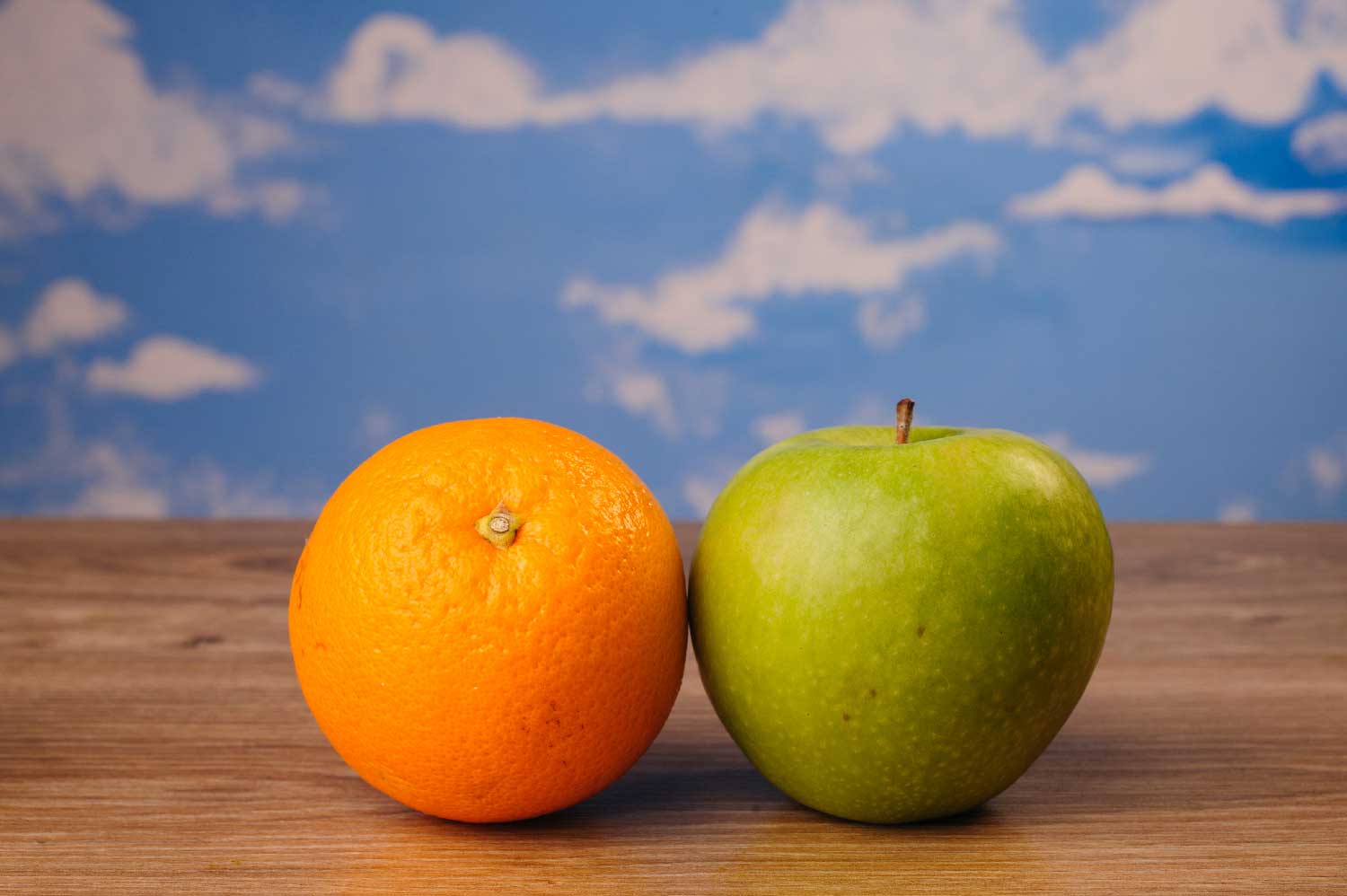How Much Is That? Shining A Spotlight on Serving Sizes
When you’re shopping, you likely zone in on a few major parts of the food label: Calories, Fats, Sugars, and Ingredients, these are the superstars of the Nutrition Facts Label. But what about the often overlooked supporting actor – the Serving Size? Today we shine the spotlight on the slighted Serving Size!
For a refresh about what is listed on the food label and updates to the food label, check out our earlier Eatiquette blog posts “The Unadulterated Version of the Food Label” and “The New Food Label,” respectively
Serving Sizes Are Not Recommendations
One of the most pervasive misunderstandings about serving sizes listed on packaged foods is that they are a recommendation from the government. Indeed, this is NOT so! The serving sizes listed on the Nutrition Facts Labels are in fact, by law, based on how much people “actually” consume, not how much they “should” consume. Serving sizes, like our waistlines, have increased since 1993 when the FDA first created the Nutrition Facts Label.
Two examples of serving sizes reflecting reality rather than recommendation are ice cream and soda/sugar-sweetened beverages. The standard serving of ice cream increased from ½ cup to ⅔ cup. Let’s face it, that’s what most of us were eating anyway!
And now, soft drinks, both 12 and 20 ounces are labeled as one serving. Again, this isn’t a recommendation of how much to drink, this is a reflection of how much we already do drink.
Per Serving & Per Package
Another recent update to serving sizes that you’ve likely seen is the additional “per package” column in addition to the “per serving” column. This dual column aligns more with our true eating habits, and makes it easier to know the actual amount of calories you’re consuming when you sit down with a bag of potato chips – plus, less math for everyone!
As Many Measurements as Stars in Hollywood

There is no universal standard measurement required for serving sizes. The FDA provides a ‘guidance’ for manufacturers, but the only requirement for measurements is that they are displayed in a “common household measurement” and that it is accompanied by the weight in grams. These rules leave plenty of wiggle room and the serving size on the box often seems especially chosen just for the calories to come to a nice round number.
Take a look at the “Various Serving Sizes used in Cold Boxed Cereals” graph below for a stellar illustration of this phenomenon.
The variety of measurements makes comparing nutritional content across brands difficult at best. For cereals alone, you even see everything from cups to ounces and pieces to slices.
Take a serving of cereal for example. These are just some of the serving sizes across brands of cereals in the Eatiquette app:
- Anything from ¼ cup to 1⅔ cup
- A range of 5 to up to 52 biscuits
- A bowl, a box, a container, various numbers of pieces, tablespoons, and ounces!
For a visual of the range of serving sizes that different brands use, view the Brand comparison for Cold Boxed Cereals table above. You’ll see that Hain Celestial is at the lower end with a serving size of 27 grams and Kind comes in with the largest serving size of 65 grams.
Confusing huh? Yeah, we thought so too, so we did something about it. . .
Apples to Apples and Gram to Gram, We’ve Got You Covered
Serving sizes across manufacturers aren’t standard, making comparison shopping a real chore. That’s why Eatiquette enables you to standardize all products by weight and uses a universal serving size of 100 grams across all brands in our app. Eatiquette’s 100-gram serving size is an equalizer that turns our app into a powerful comparison tool, so you can compare like for like and apples to apples.
Comparing and standardizing products by weight gives the consumer a more accurate idea of true serving size. For instance, 1 cup of Cheerios Oat Crunch Cinnamon cereal weighs in at 54 grams, while 1 cup of Grain Berry Apple Cinnamon Toasted Oat cereal weighs in at 30 grams. The Cheerios, with its heft, will fill you up quicker, so you may find yourself actually eating 2 cups of the Grain Berry cereal instead of 1.
Keep in mind, we chose the universal 100 gram serving strictly to make comparison shopping easier. We aren’t suggesting you eat 100 grams of ketchup, which equals a little over half a cup. We are suggesting that when comparing cereals to cereals or sauces to sauces, you can now, with the Eatiquette app, compare on an even footing. If you look only at sugars in cereals, but don’t calculate for the diverse serving sizes, you won’t really know which brand has the most sugars per equal serving.
The standardized serving in the Eatiquette app opens up a world of ease and understanding for you, the consumer, and all without using a calculator! You can now easily compare Sodium content, Fats, Sugars, Calories, etc across categories to choose the item best suited to you.
Share the Eatiquette app with the shoppers in your circle, and let them know about our standard serving size feature. Now you can hit the aisles, and we can do the rest. . . except the dishes!
Compare and Share, with Eatiquette!









